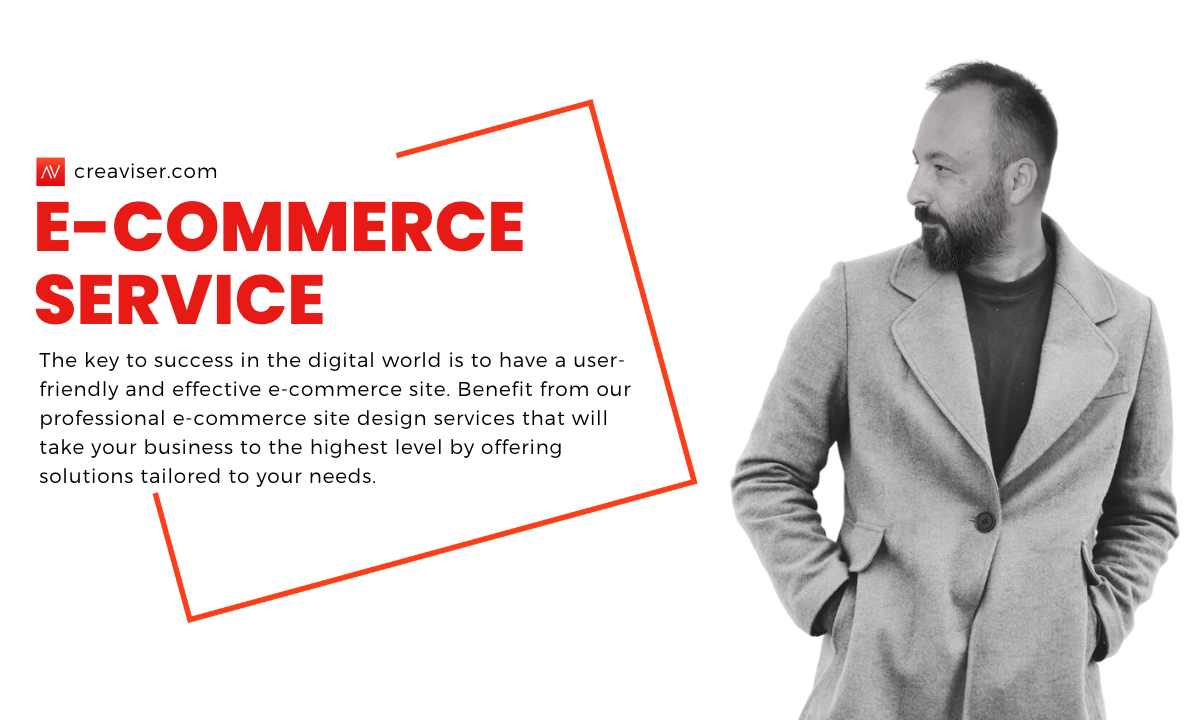Existing in the digital world and keeping up with the rapidly changing face of trade has become inevitable for businesses today. Many entrepreneurs and business owners, who take action with the idea of creating E-commerce site next to their physical stores, find the opportunity to expand their business and reach new customers thanks to the convenience and accessibility of online shopping. However, this process can be complicated and challenging at times, especially for first-timers. Therefore, understanding the best ways to build an e-commerce site with a step-by-step guide will lay a solid foundation before embarking on this journey. In this article, we will cover the process of setting up an e-commerce site in detail from the very beginning. Get ready for a good start!
Creating an E-commerce Site
You are about to build the e-commerce site of your dreams, right? Maybe you’ve finally decided to expand your homemade hat business, or maybe start a business by selling your antique book collection. Or maybe you’ve developed a product and want to share it with the world. In any case, it’s a great time to plunge into the world of e-commerce.
Let’s think together. Imagine selling to people around the world from the comfort of your warm and cozy home, with one eye on your computer while sipping your coffee early in the morning. Moreover, you already know that the way to achieve this is e-commerce. But how? This is where we come in!
Setting up an e-commerce site may seem complicated to some. But we are here to put you at ease. Yes, it may be as complex as learning a new language, but with the right guidance and help, it is something anyone can achieve. That’s where this step-by-step guide comes in.
In this guide, we will cover the process of building a successful e-commerce site, from start to finish, down to the last detail. Each step will cover everything from understanding the basics, choosing the most suitable platform, preparing products and services, to the most effective sales strategies. We will also touch on customer service and feedback management, legal requirements and data security, and lastly, the continuous improvement of your e-commerce site so as not to miss the most important details.
Every piece of information in this guide will be packed with tips and techniques to help your site run as smoothly and quickly as possible. Knowledge is power isn’t it?
Let’s take a closer look at this guide that will take you step by step into the world of e-commerce. Here we go: Building an E-commerce Site: A Step-by-Step Guide!
As you can see, we’ve put together the first steps to guide you on this journey. It will be just a summary of the basic steps required to set up an e-commerce site. But these steps will form a solid foundation to guide you through the rest of your e-commerce journey.
Let’s take the next step in our journey to build an e-commerce site!















